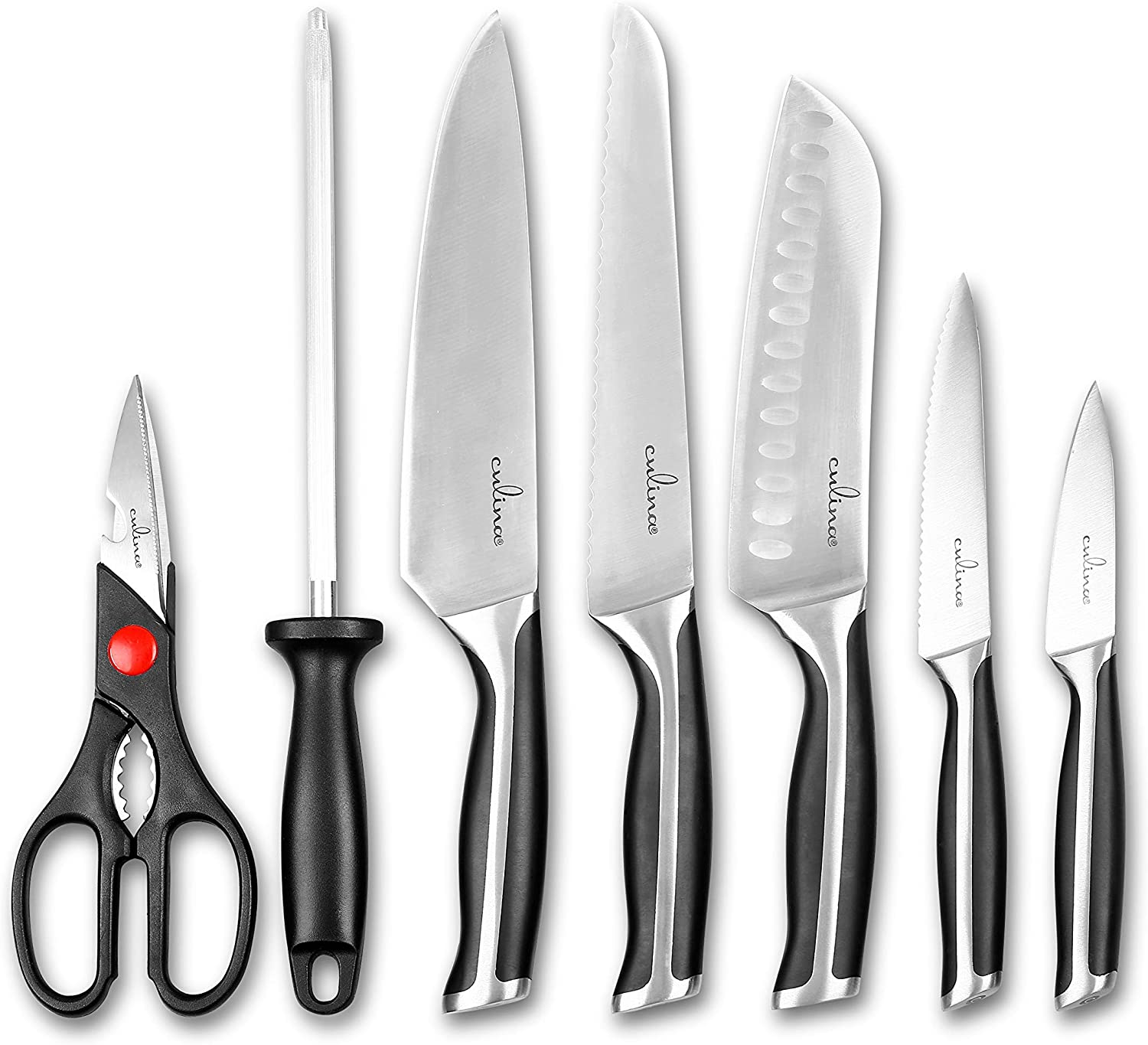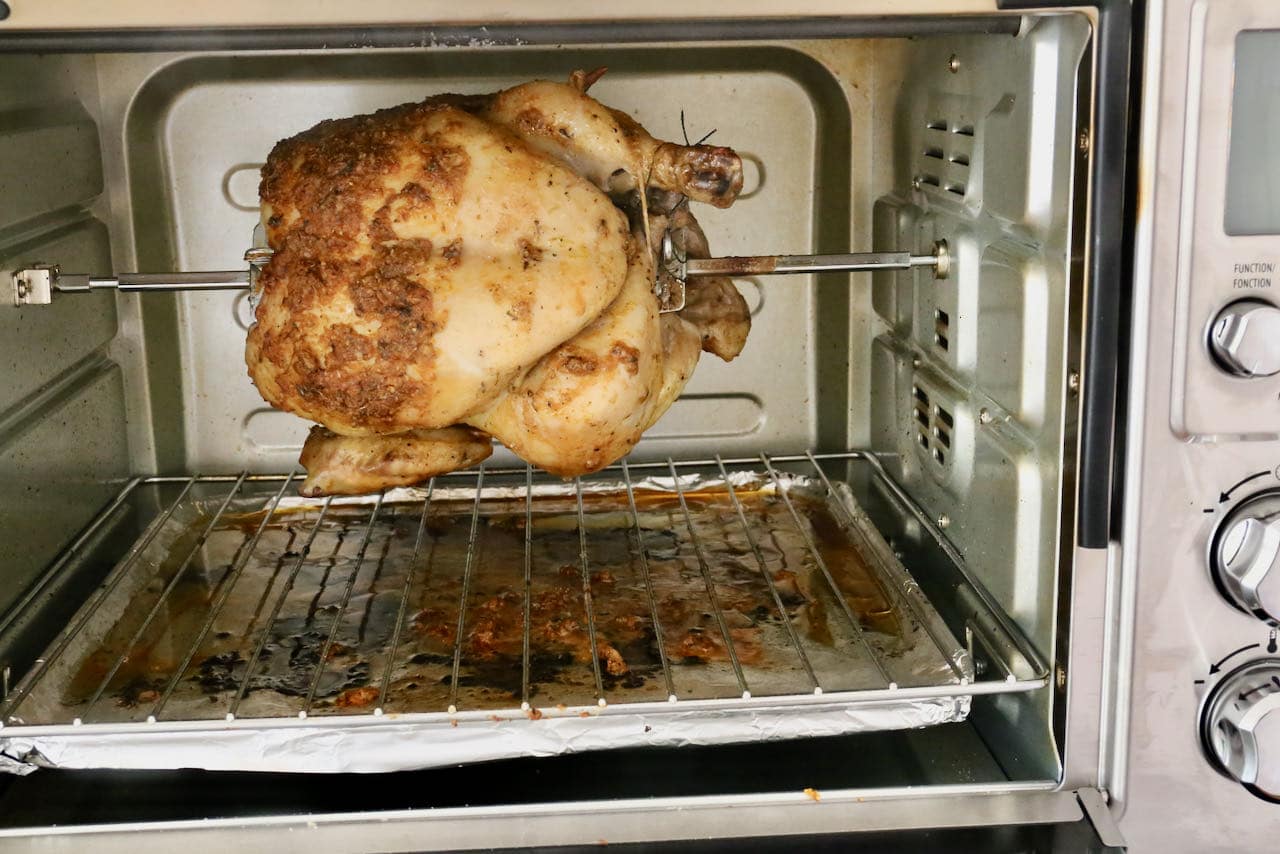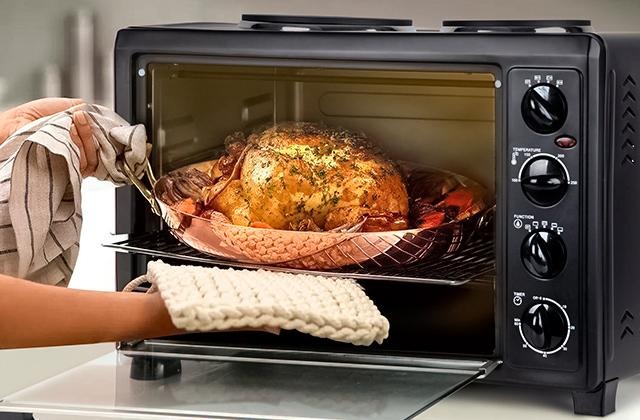Rotisserie chicken is a popular choice for many households. It’s convenient, delicious, and versatile. But sometimes, when you cut into your rotisserie chicken, you might notice that the meat is pink. This can be alarming and leave you asking, ‘Why is my rotisserie chicken pink?’ Understanding the reasons behind this can help put your mind at ease and ensure you’re consuming a safe and tasty meal.
Have you ever picked up a rotisserie chicken from your local grocery store, only to find that it’s pink in the center? It’s a common concern among many chicken lovers. The sight of pink chicken can raise immediate concerns about safety and doneness. In this article, we’ll explore the various reasons your rotisserie chicken might be pink and why it’s important to be informed about this.

Is Pink Rotisserie Chicken Safe to Eat?
One of the first questions that comes to mind is whether pink rotisserie chicken is safe to eat. The answer isn’t as straightforward as it might seem.
Understanding Meat Color
First, it’s essential to understand why meat changes color. Chicken meat can be pink due to several factors:
- Hemoglobin and myoglobin: These proteins in the meat can give it a pink hue, particularly near the bones.
- Cooking temperature: Sometimes, the chicken can be fully cooked but still retain a pink color near the bones or in certain parts of the meat.

Factors That Influence Chicken Color
To put your mind at ease, let’s delve into some of the key factors that might lead to a pink hue in your rotisserie chicken.
1. Young Chickens
Did you know that the age of the chicken can influence its meat color? Younger chickens tend to have more permeable bones, which means the bone marrow can seep into the meat, giving it a pinkish color.
2. Smoking Process
If the chicken has been smoked, the meat might have a pink tinge. This is often referred to as a ‘smoke ring’ and is entirely normal.
3. Marination and Brining
Some stores marinate or brine their rotisserie chickens. These processes can keep the meat juicy and flavorful but might also cause a pink color.
4. Cooking Methods
The way the chicken is cooked can leave it pink in the middle. For example, cooking at lower temperatures for a longer period can result in pink meat that is still perfectly safe to eat.

How to Determine if Pink Chicken is Safe
It’s crucial to establish whether your pink rotisserie chicken is safe to consume. There are several ways to determine this…
Check the Internal Temperature
The most reliable way to check for doneness is by using a thermometer. The internal temperature of the chicken should reach at least 165F (74C).
- Insert the thermometer into the thickest part of the meat.
- Avoid touching the bone for the most accurate reading.
By ensuring the chicken reaches this temperature, you can be confident that harmful bacteria have been killed.
Inspect the Juices
Another way to check is by looking at the juices. When you cut into the chicken, the juices should run clear. If they are red or have a pinkish tinge, the chicken might need more cooking.
Cooking Tips for Safe Rotisserie Chicken
Here are some cooking tips to ensure your rotisserie chicken is both delicious and safe:
Season Properly
Season your chicken well to enhance its flavor. A well-seasoned chicken is more enticing, and the color of the meat might become less of a concern.
Use a Meat Thermometer
As mentioned earlier, using a meat thermometer is the best way to ensure your chicken is safe to eat.
Rest the Chicken
Letting the chicken rest after cooking can help redistribute the juices, ensuring even doneness.
FAQs
Does Pink Chicken Always Mean It’s Undercooked?
No, pink chicken does not always mean it’s undercooked. Various factors, such as the chicken’s age and cooking methods, can cause the meat to appear pink.
Can I Eat My Rotisserie Chicken If It’s Pink?
If the chicken has reached an internal temperature of 165F and the juices run clear, it should be safe to eat.
What Should I Do If I’m Unsure about My Pink Chicken?
Reheat the chicken to an internal temperature of 165F or higher to ensure it’s safe to eat.
For more details on handling rotisserie chicken, you can check this how to heat up rotisserie chicken guide.
For more updates, visit the official website on making rotisserie chicken.
As an Amazon Associate, I earn from qualifying purchases.









